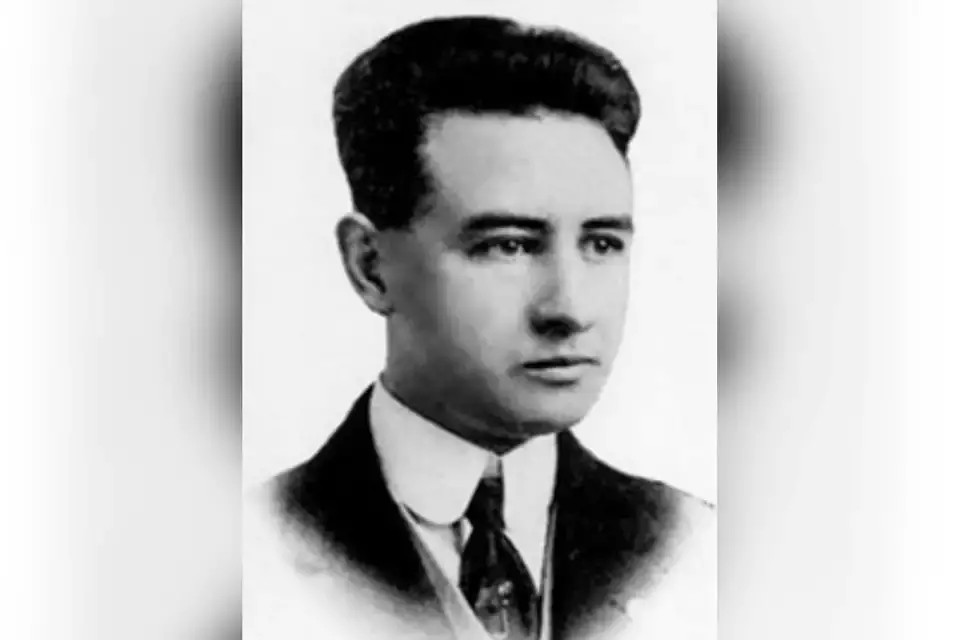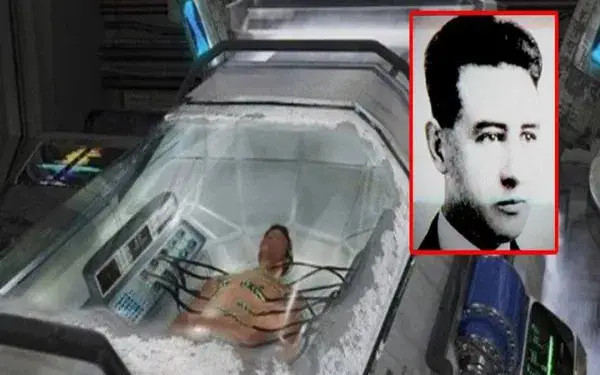The Legacy of Dr. James Hiram Bedford: The First Cryonically Preserved Human
Dr. James Hiram Bedford was not just any ordinary individual; he was a multifaceted personality who made significant contributions as a professor at the University of California and served valiantly in World War I. However, his most enduring legacy is tied to a groundbreaking and somewhat controversial scientific endeavor: cryonic preservation. This process involves cooling a human body or brain to extremely low temperatures shortly after death, with the hope of revival when future medical advancements make it possible to cure the ailments that led to death. Bedford’s life and posthumous decisions provide a fascinating glimpse into the intersection of science, ethics, and the human experience.
Bedford’s journey into the realm of cryonics began in the mid-1960s when he was diagnosed with kidney cancer that had metastasized to his lungs. At that time, the medical options available were limited, and the prognosis was grim. As a wealthy individual, Bedford had access to information and literature that many others did not. One significant work that captured his attention was The Prospect of Immortality by Dr. Robert Ettinger, who is often hailed as the father of cryonics. Ettinger’s book laid the foundational framework for the idea of preserving human life through cryogenic techniques, igniting a spark of hope in those who faced terminal illnesses. This seminal text not only introduced the principles of cryonics but also inspired a growing movement for life extension through scientific innovation.
Upon learning about the concept of cryonic preservation, Bedford made an unprecedented decision. He expressed his desire to have his body preserved after his death, envisioning a future where advancements in medicine could lead to a revival and a cure for his cancer. This choice was radical, especially for the era, as most individuals could not fathom the implications of such a decision. On January 12, 1967, after his passing, Bedford was injected with dimethyl sulfoxide, a cryoprotectant designed to safeguard his internal organs against ice crystal formation—an essential step in preventing cellular damage during the freezing process. His blood was then drained, and his body was prepared for the cryonic process, marking a significant milestone in the history of this controversial practice. Bedford’s decision didn’t only reflect his personal hope but also opened doors for others to explore the possibilities of cryonics as a last resort for terminally ill patients.

Fast forward twenty-four years, and the Alcor Life Extension Foundation, a prominent organization specializing in cryonic preservation, opened Bedford’s cryopreserved body for examination. The findings were astonishing. Bedford’s body exhibited a remarkable state of preservation; his facial features appeared younger than his actual age of 73 at the time of preservation. His nose and mouth retained a metallic scent, reminiscent of blood, while his skin showed signs of discoloration, and his corneas were described as being the chalky white of ice. This condition highlighted both the potential and limitations of cryonics, raising questions about the long-term viability of such preservation methods. While Bedford’s physical state was a testament to the effectiveness of the cryonic process, it also sparked discussions about the ethical and philosophical implications of preserving human remains in a state of suspended animation.
After the examination, technicians carefully wrapped Bedford in a new sleeping bag and placed him in a container filled with liquid nitrogen, ensuring that he would remain in a state of cryonic preservation for an indefinite period. This meticulous process of preservation emphasizes the commitment of cryonics organizations to maintain the integrity of the preserved bodies. Despite the significant advances in medical technology over the past five decades, Bedford remains a “mummy,” a poignant reminder of the complexities surrounding the pursuit of immortality. His story encapsulates the hopes and fears associated with the notion of life beyond death, a theme that resonates deeply within the realms of science, ethics, and philosophy. The dichotomy of hope and skepticism surrounding cryonics continues to fuel debates among scientists, ethicists, and the general public.
In retrospective interviews, Robert Nelson, one of the scientists who participated in Bedford’s preservation, shared that his last words were profoundly reflective: “I want you to understand that I did not do this with the thought that I would be revived. I did this in the hope that one day my descendants will benefit from this wonderful scientific solution.” This statement underscores the essence of cryonics as not merely a personal endeavor but rather a potential gift for future generations, emphasizing the long-term vision that some advocates hold for the practice. Such a perspective invites a broader view of cryonics, framing it not just as a desperate measure for individual survival but as a contribution to the collective future of humanity. This philosophy resonates with many who are drawn to the idea of cryonics, viewing it as a beacon of hope for future medical breakthroughs.
The story of Dr. James Hiram Bedford continues to evoke curiosity and debate. As we delve deeper into the ethics of cryonics, the implications of preserving human life, and the potential for technological advancements that may one day allow for revival, his legacy serves as both a testament to human ingenuity and a cautionary tale about the pursuit of immortality. The field of cryonics remains nascent, filled with promise and uncertainty, challenging our perceptions of life, death, and what it means to exist. Critics often pose questions about the ethical ramifications of cryonic preservation—such as the psychological impact on individuals deemed “revivable,” the implications of reawakening in a future society, and the potential social inequalities that might arise from access to such technologies. Ultimately, Bedford’s life and posthumous preservation invite us to consider not only the scientific aspects but also the profound human emotions intertwined with the desire to defy the finality of death. His story serves as a catalyst for ongoing discussions about what it truly means to live and the lengths to which humanity will go in the quest for immortality.

















